Dr. Aaron Shirley
Growing up, Aaron Shirley recalled Mississippi’s African Americans having limited access to adequate hospitals and healthcare. After graduating from Meharry Medical College, Shirley returned home to accept a position as a resident of the University of Mississippi Medical Center—becoming the first African American to hold the position at the facility. Throughout his tenure, Shirley worked tirelessly as both a physician and civil rights activist to help improve healthcare for African Americans in the state. He cofounded the Jackson-Hinds Comprehensive Healthcare Center in 1970 and created a partnership with Jackson State University, Tougaloo College, and the University of Mississippi Medical Center to form the Jackson Medical Mall in the late 1990s.



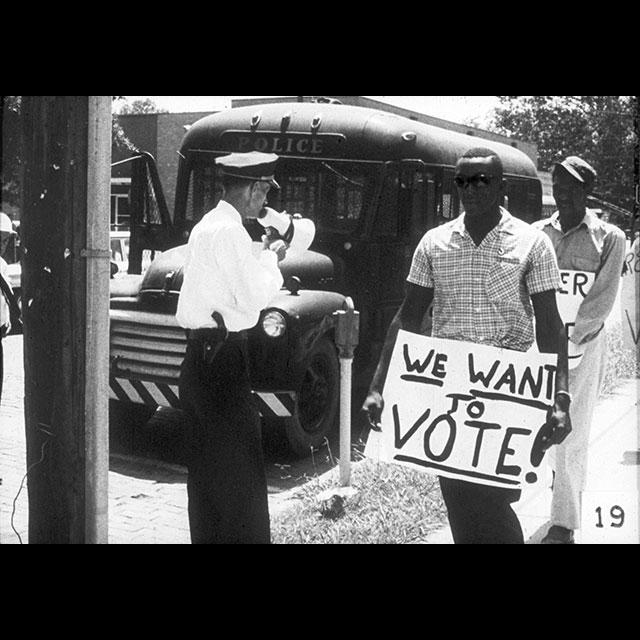
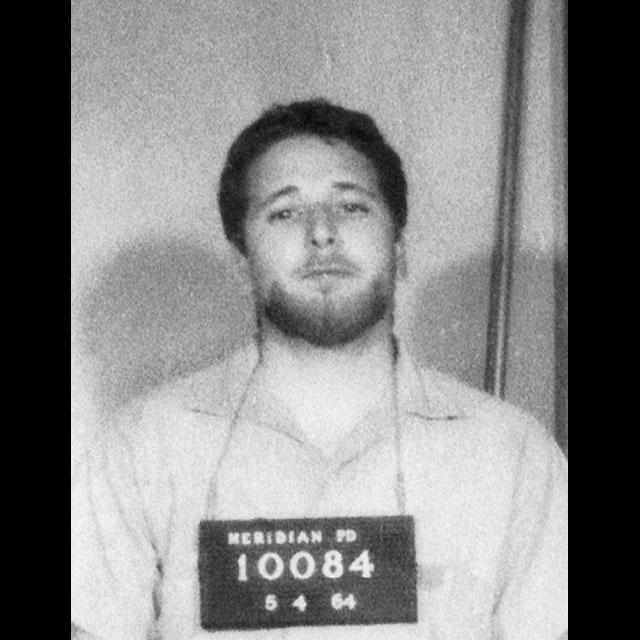

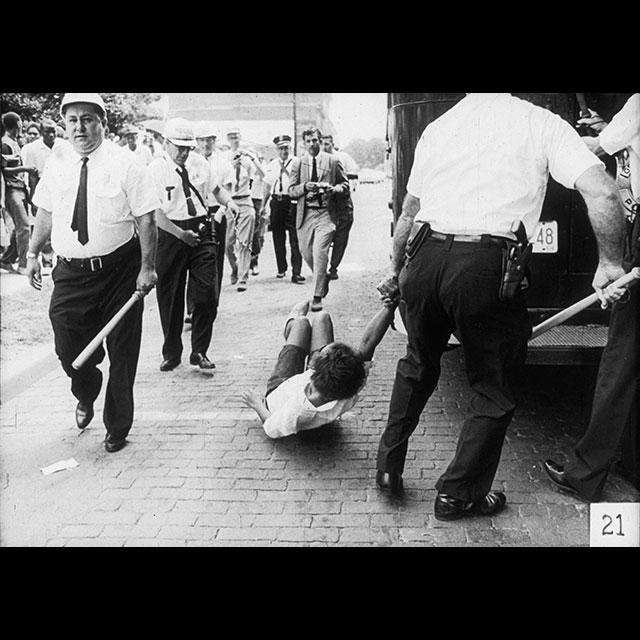
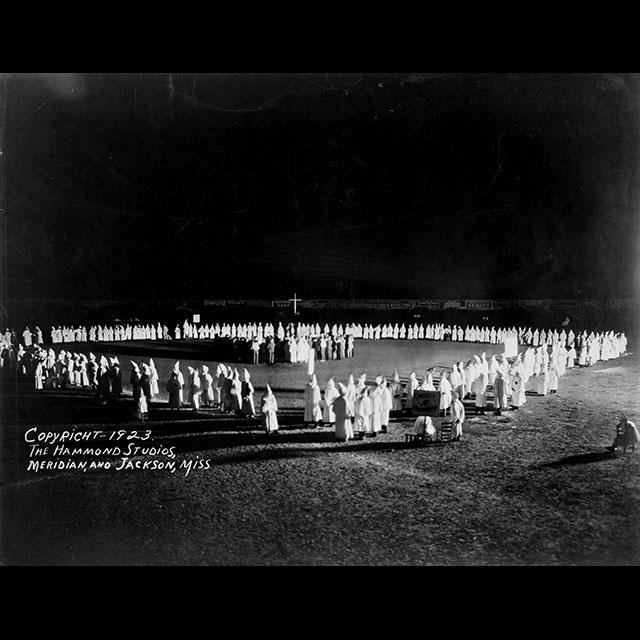
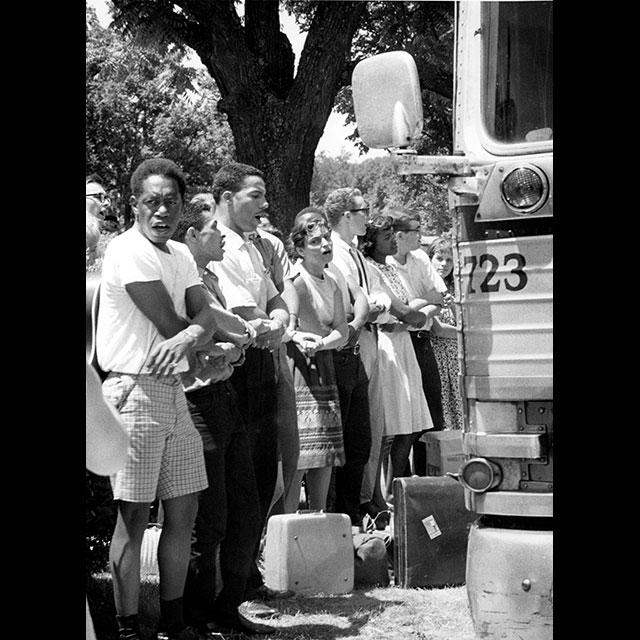

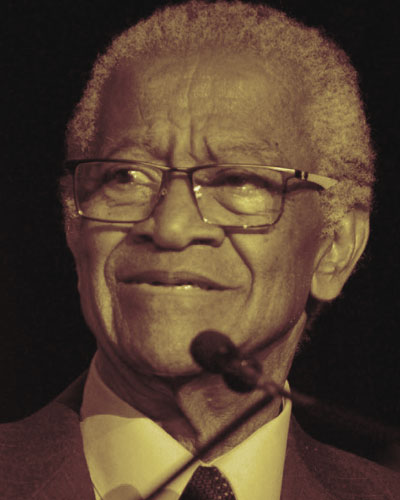
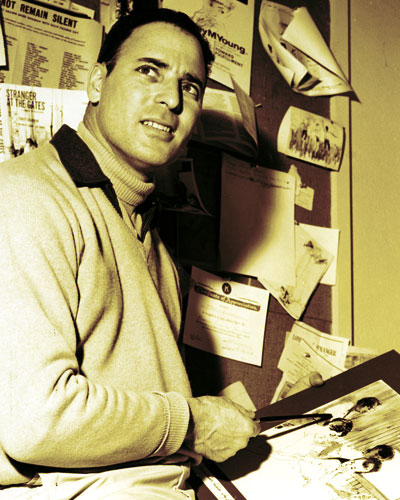
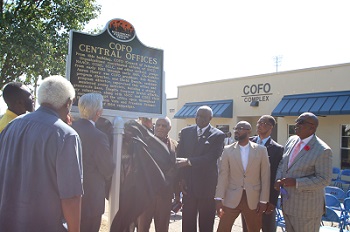 A human and civil rights interdisciplinary education center at Jackson State University
A human and civil rights interdisciplinary education center at Jackson State University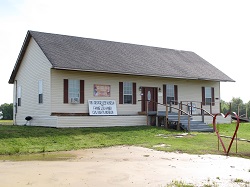 Museum dedicated to Fannie Lou Hamer and other civil rights heroes
Museum dedicated to Fannie Lou Hamer and other civil rights heroes